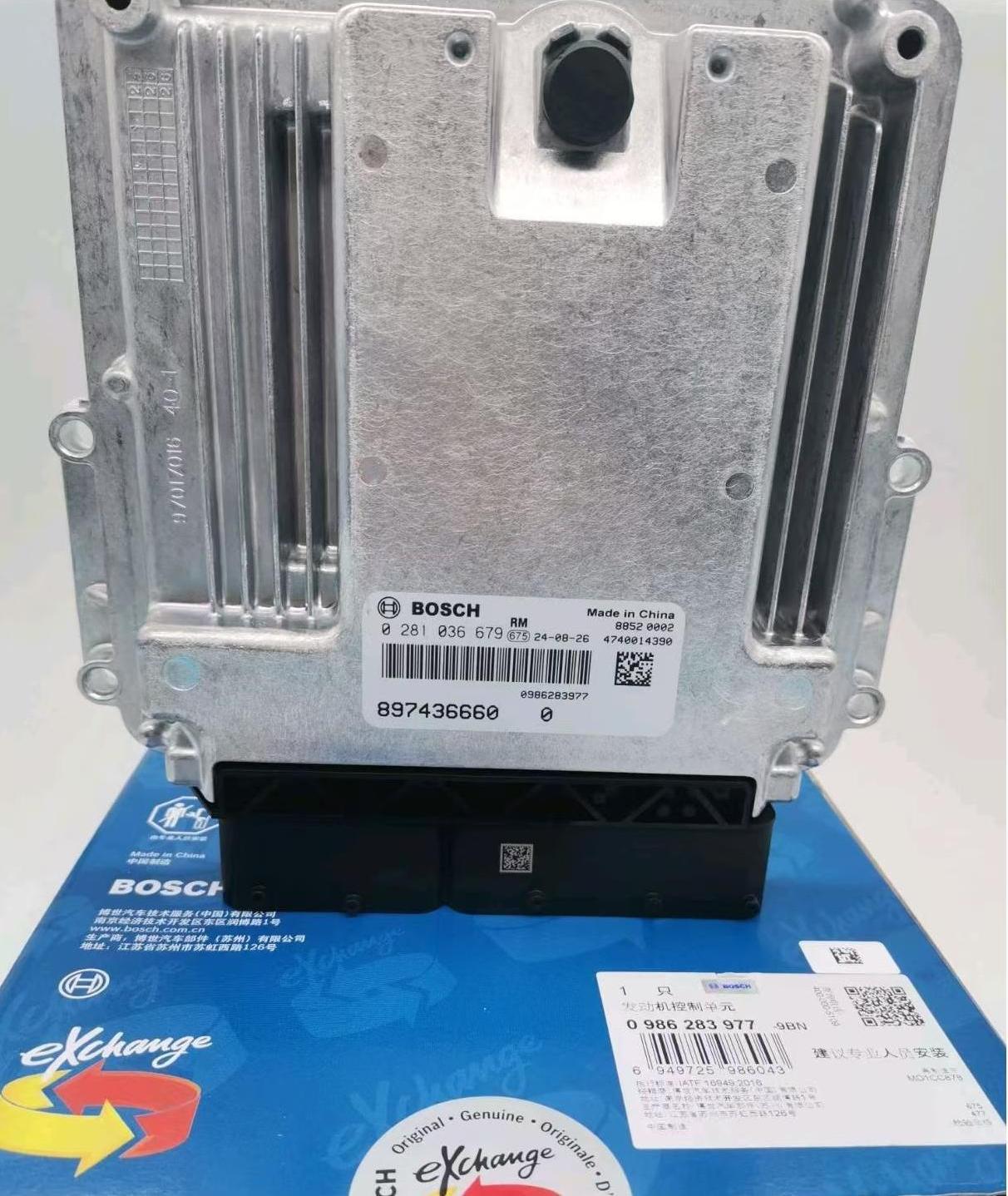The development of encrypted Engine control unit
The development of encrypted ECU
With the development of diesel vehicle electronic control technology, engines with large pumps/mechanical pumps have become less and less, and the proportion of electronically controlled engines has reached more than 90%. At that time, the purpose of the emergence of electronically controlled engines was to reduce the pollution of non-electronically controlled engines and effectively protect the environment.
In order to better limit the emissions of commercial vehicles, manufacturers have developed encrypted ECUs in recent years, and the number of vehicles installed has gradually increased. So why do OEMs install encrypted ECUs on vehicles?
This is mainly because the encrypted ECU can only be rewritten with data certified by Bosch/OEM, and cannot be rewritten with optimized data, which effectively prevents the owner from arbitrarily tampering with the data, allowing the vehicle to operate in an orderly manner within the scope permitted by emission regulations, and fundamentally prohibits the illegal act of modifying engine data. The commonly used encrypted ECUs we have now are mainly from Bosch. Bosch’s ECU currently has three platform series and two types of samples:
EDC7 series (for National III)
EDC17 (for National IV and National V)
MD1 (for National VI)
Among them, MD1 has the most stringent encryption strategy!
Bosch’s ECU is divided into C sample and D sample: C sample is used to debug the program during the development stage of the main engine factory. The optimized data of this ECU can be directly flashed through the OBD port.
There is usually a C sample on the nameplate of the ECU; D sample is rarely seen on the car. It is the ECU for mass production, that is, the ECU installed on the car when the vehicle calibration data is determined and basically no modification is made.
How can we effectively distinguish whether an ECU is an encrypted ECU?
1. By production time: ECUs after June 2020, for ECUs that do not support flashing optimization data, D-sample ECUs at this stage are called encrypted ECUs on the market. (We can see the production time on the ECU nameplate, but whether it supports flashing optimization data cannot be directly seen, which requires further confirmation by the next method)
2. Use our diagnostic instrument to read the version information of the ECU. There will be a line of information displayed: “Is the ECU encrypted?” Based on the information read, the encryption status of the ECU can be determined.
After three or four years of development from June 2020 to June 2023, all newly produced ECUs are encrypted ECUs.

